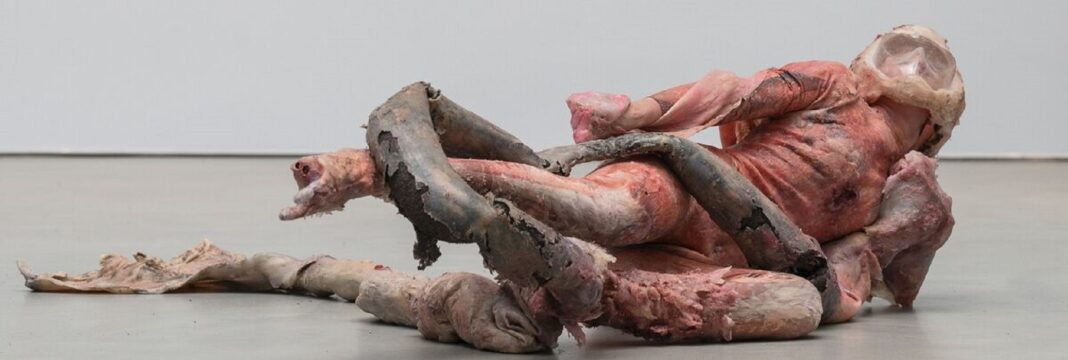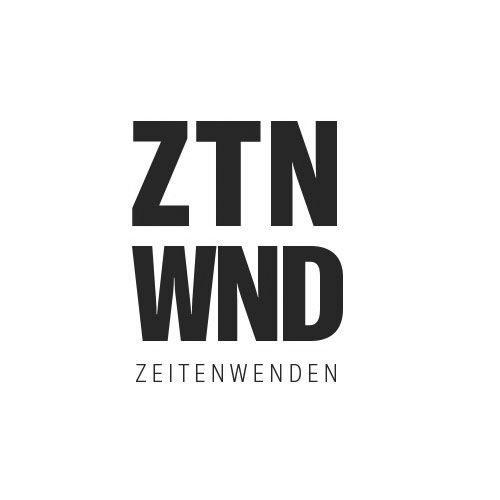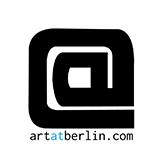HAUT – HÜLLE, ORGAN, ARCHIV brings together works by 28 international female artists* living in Berlin from 10 February 2023 (Opening: 09.02.). An exhibition at the Zentrum für aktuelle Kunst (ZAK) in the Alte Kaserne of the Zitadelle Spandau of the Frauenmuseum Berlin e.V. in cooperation with alpha nova & galerie futura, curated by Julie August and Katharina Koch.
Fig. above: Courtesy of ZAK Zitadelle Spandau
HAUT – HÜLLE, ORGAN, ARCHIV brings together works by 28 international artists* living in Berlin. Skin is a super material: malleable and stretchable, breathable and self-regenerating, a protective cover for bodies, but at the same time also a target: vulnerable and sensitive. Above all, however, skin is charged with meanings. It is socially and culturally coded, determines identities, is the object of politics, religion and, last but not least, also an economic factor.
With works by: Tina Bara / Mehtap Baydu / Anguezomo Mba Bikoro / Anna Bromley / Yvon Chabrowski / Alba D`Urbano / Manja Ebert / Yishay Garbasz / Ina Geißler / Andrea Golla / Harriet Groß / Isabel Kerkermeier / Rachel Kohn / Verena Kyselka / Julia Lübbecke / Loredana Nemes / Dorothea Nold / Margherita Pevere / Moran Sanderovich / Franziska Schaum / Zuzanna Schmukalla / Moran Shavit / Zuzanna Skiba / Anja Sonnenburg / Marianne Stoll / Ivonne Thein / Sophie Utikal / Gisela Weimann
The artists* explore the theme of skin in video, audio, photography, sculpture, painting, drawing, collage, installation and performances and at the same time confront it with the exhibition venue – the Zitadelle Spandau – which is patriarchal due to its history. With the thematic complexity of skin, which makes the interconnectedness of sexism, racism, classism, age discrimination and abnegation visible and bears witness to individual and collective archiving practices and at the same time becomes the starting point for artistic analysis as a sensual, resistant and at the same time vulnerable organ, the exhibition counters the male-dominated location with feminist counter-narratives.

The works are grouped around three focal points, which are bundled under the terms HELL, ORGAN and ARCHIVE. However, these are not to be understood as fixed attributions, but as associative thematic fields that lightly structure the exhibition, permeable and interwoven.
HÜLLE: Works that deal with skin as a protective cover, projection surface as well as its social implications. For example, the floor sculpture The Distance Between Me And Everything Else (2017) by Mehtap Baydu shows a body shell that the artist has divested herself of. Baydu thus addresses the alienation of the self in the course of normative role attributions in various political and cultural contexts. The rescue blanket in Harriet Groß’s contribution (2022), which also lies on the floor and breathes with every breath of air, evokes escape and disaster scenarios.

ORGAN: Works that deal with skin as an organ of perception in the sense of touch, eroticism, disgust, vulnerability and stigmatisation as well as their materialities. For example, the installation Doro & Moran (2022) by Moran Shavit and Dorothea Nold consists of a photo series that visualises Doro’s breast cancer treatment and Moran’s simultaneous pregnancy – two experiences that can be called “existential” and that have left physical and psychological marks on the skin. In Skin Studies (2018), artist Margherita Pevere’s fascination with microbial cellulose, whose materiality is reminiscent of skin and flesh, manifests itself. The series consists of a collection of samples that Pevere has cultivated from bacterial colonies in nutrient fluid, dried and mounted on Japanese paper.
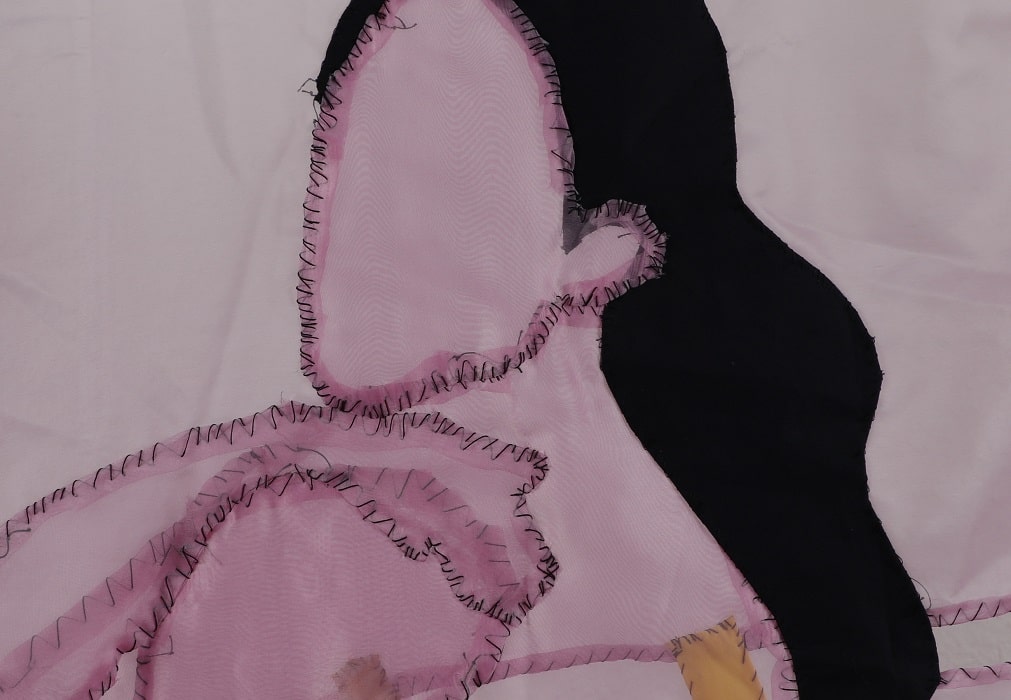
ARCHIVE: Works that focus on skin as a storehouse of knowledge and as a place where experiences are inscribed. Sophie Utikal continues her series There is No Separation (2022) with a large-format textile work. Here, the artist addresses experiences such as pain, transgenerational trauma and the alienation from one’s own body in relation to white normativity. Her textile paintings, which unite different layers and embroidered “scars” through appliqué, also offer poetic answers for possibilities of healing. Zuzanna Schmukalla’s installation (o.T.), finds a surprising metaphor for (also unintentionally) inscribing experiences with burrs adhering to wafer-thin gauze, while Verena Kyselka interweaves elements from her own artistic archive (in which, for example, costumes designed by her – second skin – can be found) with newly created work components in a collage-like manner.
An emblematic work of the exhibition that unites all three concepts is the installation Becoming by Yishay Garbasz, consisting of 32 analogue animated moving images in a monumental zoetrope, presented for the first time in Europe. In Becoming, the artist deals with her gender reassignment and “becoming a woman” in a public procedure by photographically displaying her naked, changing body, thus addressing a highly political issue: Making trans* persons visible with their experiences beyond social exclusion. From an internal perspective, Garbasz shows “up close” how physicality and gender are in a constant process of becoming and how normative gender attributions become obsolete. This work, which oscillates between performance and installation, is groundbreaking for the exhibition context, as it also functions as a hinge between exhibit and performative staging as a direct interaction with the audience.
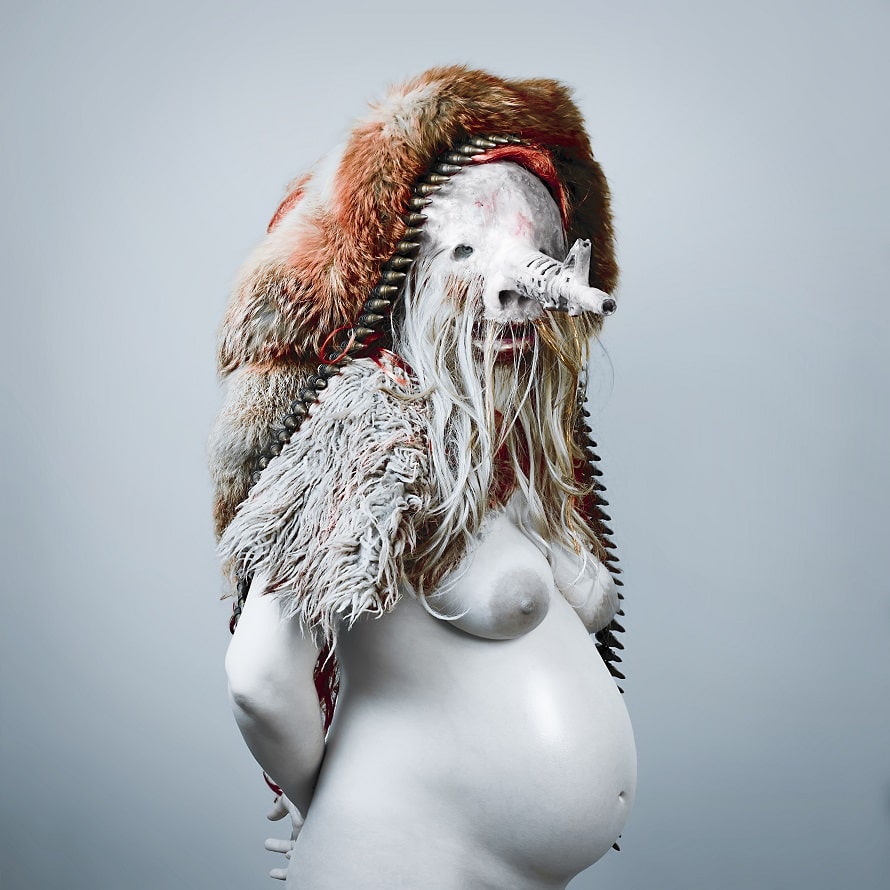
Many of the 28 artists* have a transnational background. They live in Berlin, but their experiences, influences and connections are rooted in different socio-political contexts. The diversity of artistic positions challenges in a special way the regionally historically determined exhibition site and produces new narratives that cover the Zitadelle Spandau with a new “skin”, so to speak.

Zoetrope
Foto: Busan Biennial and the artist
The exhibition will be accompanied by a bilingual exhibition documentation (German/English) with illustrations and texts as well as essays by interdisciplinary authors (Edna Bonhomme, Christine Irrgang, Barbara Oettl, Regine Rapp). There will also be accompanying events with catalogue presentations and panel discussions, performances, curator and artist tours and film presentations.
WHEN?
Exhibition opening:
Thursday, 9 February 2023, 7:00 p.m.
Welcome: Frank Bewig, District Councillor and Ralf F. Hartmann, Head of the Cultural Office
Introduction: Julie August and Katharina Koch, curators
Performances by Maria Wollny & Marie Hanna Klemm and by Moran Sanderovich
Exhibition dates:
Friday, 10 February – Sunday, 07 May 2023
WHERE?
Zitadelle Spandau
ZAK – Zentrum für aktuelle Kunst (Centre for Contemporary Art)
Alte Kaserne, upper floor
Am Julius Turm 64
13599 Berlin / Spandau


